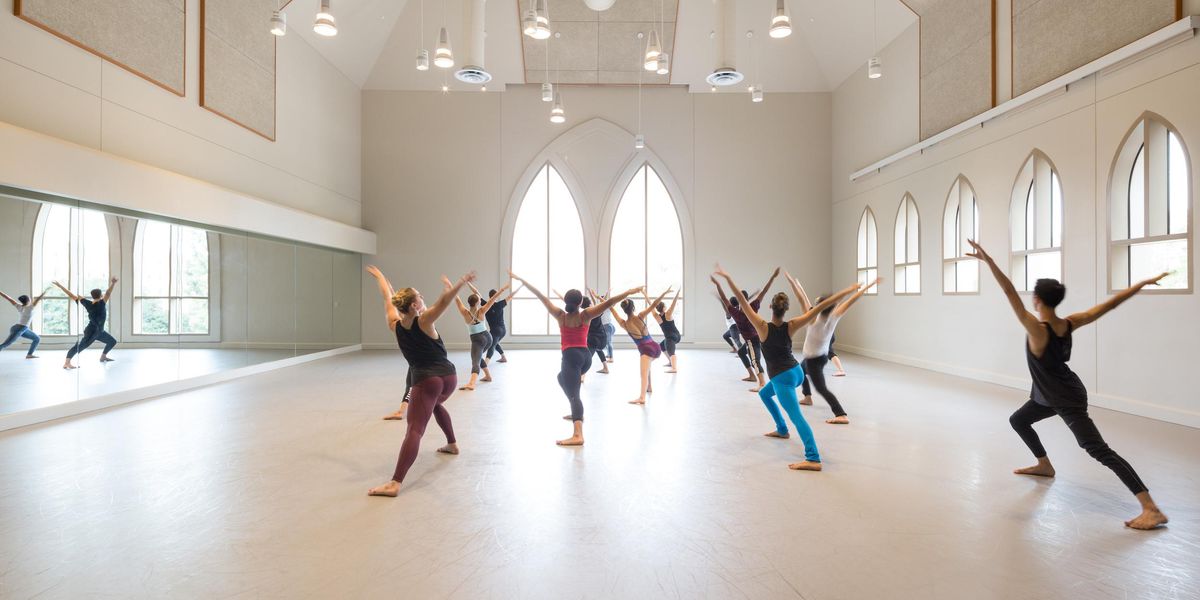When Star Choreographers Get Old Enough, They Can Unleash Furies
Paul Taylor and Jirí Kylián are both airing their rebellious streak right into their advanced years. Having survived past the point of vulnerability in their careers, they are saying things that might have gotten them into trouble if they’d said them earlier. Yesterday Taylor’s new rapscallion book was published, and Kylián recently posted a screed about critics.
First, Taylor’s book: Facts and Fancies: Essays Written Mostly for Fun (published by Delphinium Books). It’s hilarious. I laughed so much I almost choked on my lunch when I read the story about the Queen of England sitting on his hand (“A Perplexing Situation”). But more to the point of this blog post is his tirade against ballet. Anyone who wants to survive in our dance ecology knows not to badmouth the genre of ballet. But Taylor, always the naughty boy (a term Martha Graham once called him), begins his chapter “How to Tell Ballet From Modern Dance” like this:
“Unlike modern dance, ballet is the kind of thing you keep thinking will turn into something worth watching. In ballet everything is done with stiff necks, locked knees, and limp wrists, and it’s all just one dainty position after another. And, as if that isn’t bad enough, between poses there’s a lot of tiptoeing, mostly with the dancers looking over their shoulder as if admiring themselves in a mirror, or maybe afraid the audience will go away.”
And later: “And then there’s this other thing that’s catching on like wildfire abroad. It’s called modern ballet, which is not only oxymoronic but plain moronic. Many dance nuts go for it…Balanchine, a famous Russian, was one of these guys who made practically a whole career out of reinventing the flexed foot.”
Taylor probably wrote this a long time ago but was smart to sit on it until he passed the age of caring (he’s 82). And because it’s genuinely funny, it makes us chuckle rather than get angry. (The truth is, in order to be an artist of any kind, you have to reject a lot of what immediately preceded you.)
Now, let’s take Jirí Kylián. I’m not aware that he has ever printed a public statement about critics before. But here it is, a recent counter-attack, obviously posted by a man in his mid-60s who’s been burned by critics. He doesn’t have the comic touch that makes Taylor untouchable. He’s dead serious, and he makes a moral point that could stir people up.
“I find it totally unacceptable that there are critics who are allowed to insult people without being held responsible, and that some are permitted to assume a role of some kind of ‘prophet’ who makes the selection of what people are allowed to see and what not…”
While talking specifically about critics in England, he writes, “The London critics…have tried to submerge me in their own sea of s…!” (Interestingly, his colleague Ohad Naharin has also singled out British critics in his own witty and scathing “Advice to Critics.”)
Both Taylor and Kylián have earned the right to spew out their opinions without holding back. I find it thrillingly liberating to read what these master choreographers have to say when they don’t have to be polite any more. Maybe in 20 or 30 years, we’ll read somewhere what Christopher Wheeldon and Alexei Ratmansky really have on their minds.
From top: Photos courtesy Delphinium Books and Arthaus Musik




